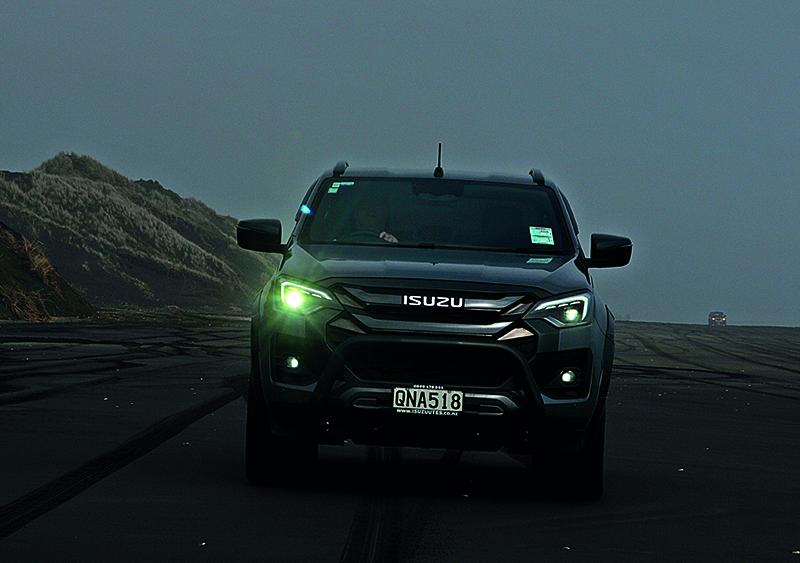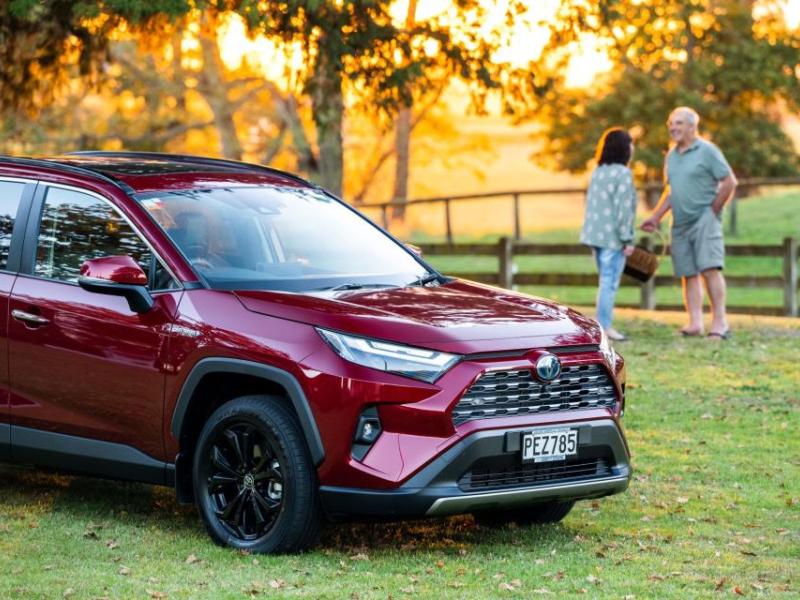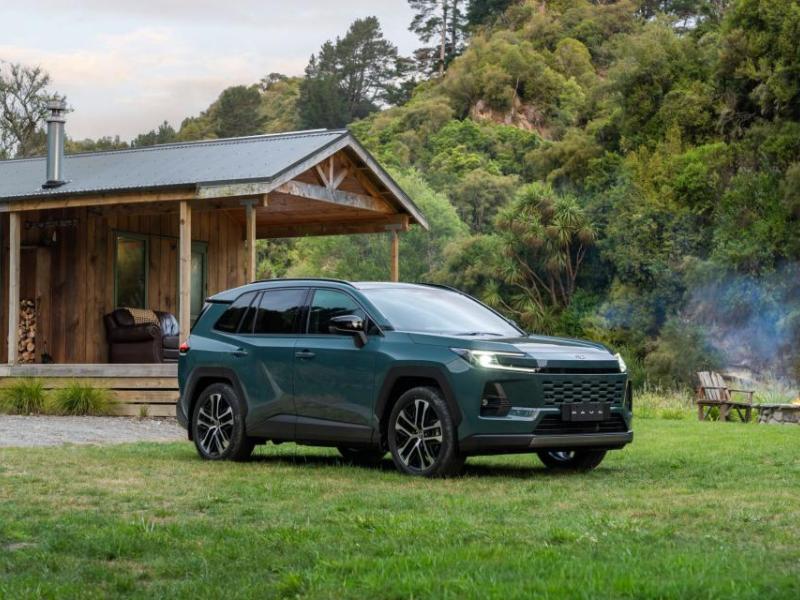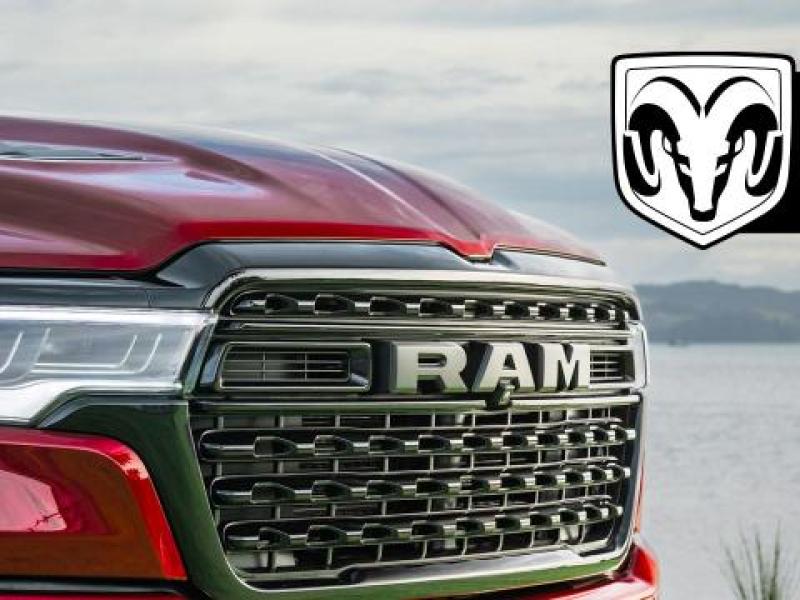Rain hammered Auckland all Saturday. In the evening, there was lightning and gusty wind. Prospects for a beach drive and photography on the Sunday were not great.
But with patches of blue sky emerging mid-morning, we reckoned it was worth the risk.
We were driving Isuzu’s range-topping D-Max X-Terrain. It’s a solid, unfussed performer on tarseal, quiet and refined. It has minimal leaf-spring ride chop at the rear, and running on 265/60x18 Bridgestone Dueler H/Ts the overall ride and road holding is very good, even on a post-storm morning with mud stripped out of driveways and shredded trees carpeting some of the roads out to Muriwai.
The electric-assisted steering has variable levels, higher at low speed.
Dropping onto dirt on the road past the golf course, the ride remains calm despite the corrugations and storm run-off. The front end – double A-arms, anti-roll bar, coil springs and gas shock absorbers – is superb, tracking straight and true across the messy surface.
Brakes are 320mm ventilated discs up front, 295mm drums at the rear.
Going in, we pass a handful of 4WDs busy ‘airing-down’ some serious off-road tyres ready for the beach.
A leap of faith: we’ve been out on Muriwai’s black sand many times and never felt the need to deflate tyres to lengthen the tread contact patch. The wet sand is firm and predictable at moderate speed; the dry sand up near the dunes felt like 150mm-deep mud after the storm, but we only once felt the tyres start to slip. No dramas, the D-Max handles it all in 4-hi, no diff lock engaged (hold that in reserve for messier conditions). We did of course remember to switch off the stability control.
The power steering is electrically assisted and gives more support at low speeds, less at open road speed. It gives good feedback on the road and on the beach.
The front end is distinctive, with a gloss black grille exclusive to the X-Terrain. Our test vehicle also came fitted with an optional satin-black nudge bar, handy in urban and rural driving and a perfect place to mount spotlights or a light bar.
The headlights, fog lights and running lights are all LED.
Other exterior tweaks include new bonnet creases and a revised tailgate.
Underneath, there’s a reasonably sturdy steel bash guard, though of course those doing more ambitious off-roading would best use this as a template for a tougher one.
The eight-crossmember chassis is apparently eight kg lighter than the previous model, and 20 percent stronger.
One of the clever things Isuzu does in New Zealand is around drivetrain commonality. All versions of D-Max share the same 4JJ3-TCX 3.0-litre four-cylinder engine and auto transmission. The engine is relatively understressed for a big four, meaning reliability and longevity should be strong points.
The torque curve of this engine is more of a plateau, with peak torque of 450Nm happening between 1,600 and 2,600rpm. Some rival designs have a much narrower sweet spot. Maximum power happens at 3,600rpm.
Isuzu has almost 90 years of experience producing diesel engines, beginning way back in 1936 when the company developed Japan’s first air-cooled automotive diesel engine.
The auto is an Aisin six-speed with torque converter lock on the upper four gears. There’s a manual shift mode too, which is handy for towing and slow work where accuracy is essential.
The transfer case allows 2-hi to 4-hi shifts on the fly up to 100km/h.
Strange thing – when we picked up the truck its fuel average sat on 7.1 litres/100km and it refused to budge until we hit the sand, where the draggy consistency of the beach nudged us up to 7.6-7.8. The official fuel economy figure is stated as 9.2.
Hill descent control and hill start assist are standard and wading depth is 800mm.
In the cab, controls are sensibly placed, with a ten-inch infoscreen in the centre of the dash. Important functions are controlled by rotary dials or buttons and a decent-sized dashtop storage bin. The daughter, along for the ride to do the photos, was pleased to see Apple CarPlay and Android Auto are wirelessly connected and the sound system has a full eight speakers.
The steering wheel’s leather clad and (of course) multifunction, with volume controls, adaptive cruise control and radio station/audio mode buttons.
The driver’s dash display is a seven-inch digital unit and runs fuel economy and other important information and can be set to include the tyre pressure monitoring display.
Access to any ute cab is subjective, but we find the D-Max X-Terrain a little easier to climb into than many. The handgrip on the A-pillar is well placed to ease the slide over into the seat. Simply, the D-Max’s leather-accented front seats are just right – some of the most comfortable and supportive in the segment. We particularly like the padded sections where the shoulders meet the seat. Supportive, firm where they should by, comfortable over long distances. They’re heated too, and the driver’s seat has eight-way electric adjustment.
There’s an old school ‘proper’ handbrake lever. Praise be!
The rear seats are split folding for access to small storage spaces or loading the rear seat with cargo. There’s a USB-C power outlet and air-con in the back of the centre console.
The wellside tub is equipped with numerous tiedown points, has a ‘damped’ tailgate and is capped with a roller top.
The D-Max has long been the safety leader in 4WD utes, and the X-Terrain is no different. There are eight airbags and Isuzu’s full suite of active and passive safety systems. The D-Max range has a stereo camera setup which has wider peripheral vision and depth perception. It can also identify pedestrians, cyclists, motorcycles, and other vehicles with greater speed and accuracy. It all adds up to an ANCAP five-star rating shared across the whole range.
Isuzu D-Max key safety features
• Eight airbags.
• Autonomous emergency braking.
• Blind-spot monitoring.
• Driver attention monitoring.
• Forward collision warning.
• Lane-departure warning.
• Lane-keep assist.
• Rear cross-traffic assist.
• Turn assist.
• Adaptive cruise control with stop and go.
• Traffic sign recognition.
• Driver attention assist.
• Reversing camera.
In conclusion, the X-Terrain adds a premium model to the popular D-Max range, giving Isuzu another offering in an increasingly hot market segment. The D-Max range has always been a firm favourite in the rural areas of New Zealand; now X-Terrain retains the all-road/no road ability of other models in the range overlaid with a veneer of top-end driving pleasure in urban environments.







